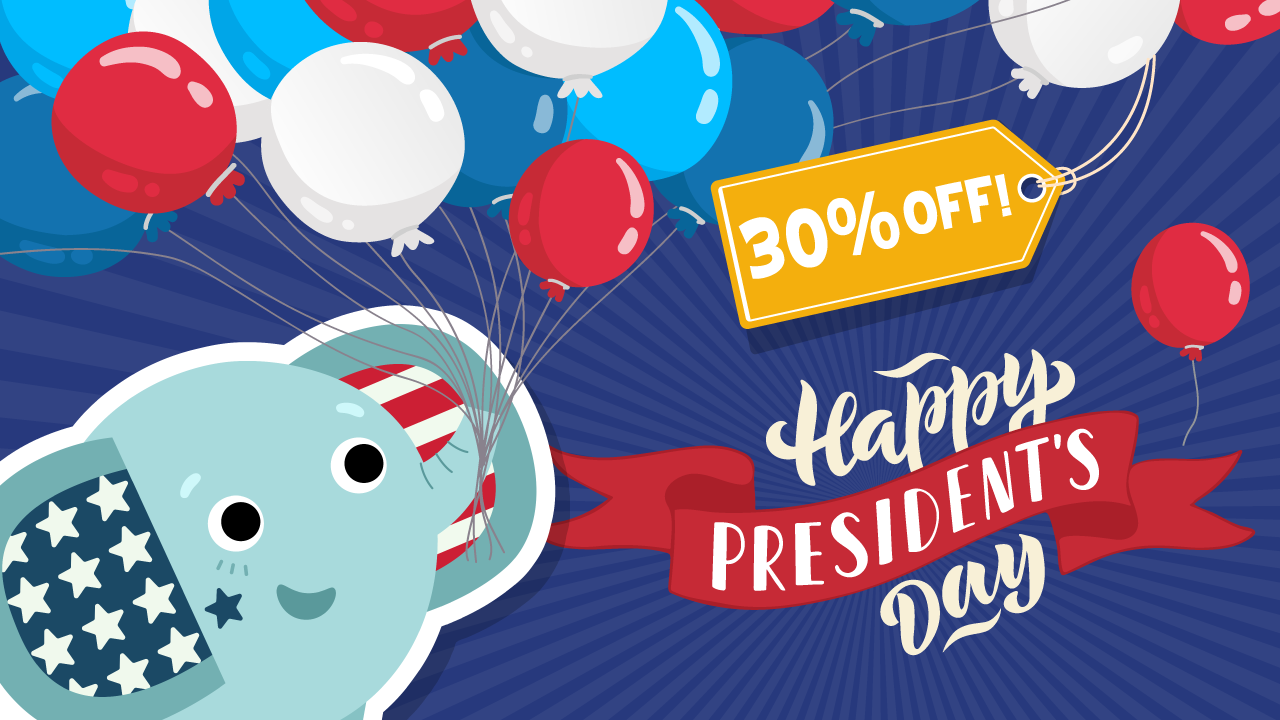Reading Fiction worksheets activities for Ages 3-4
10 filtered results
-
From - To
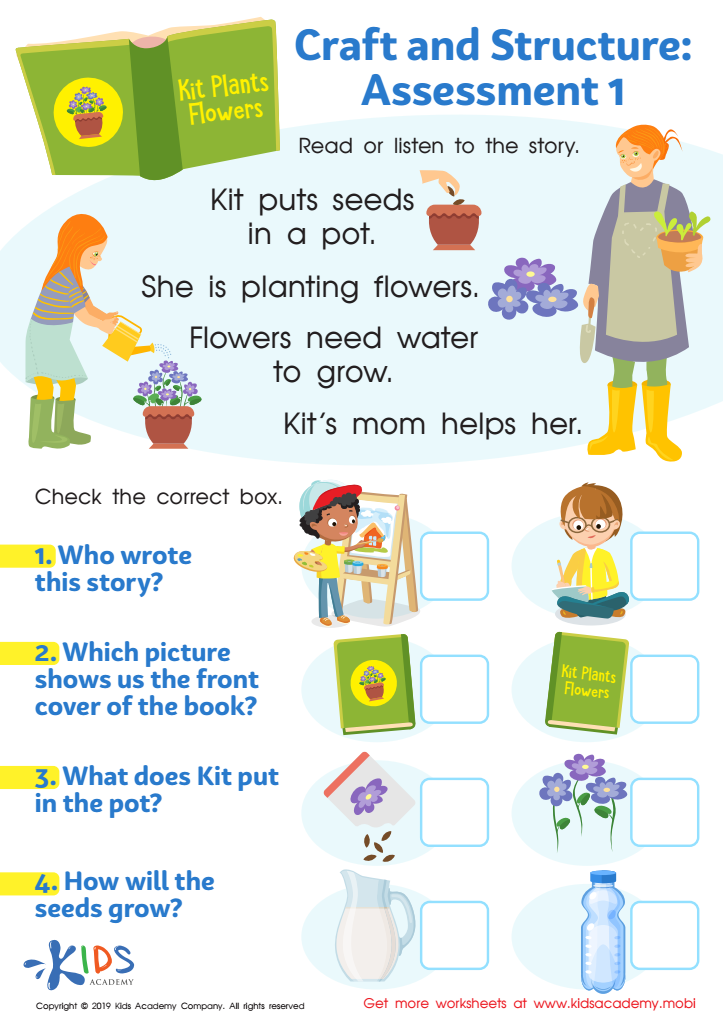

Craft and Structure: Assessment 1 Worksheet
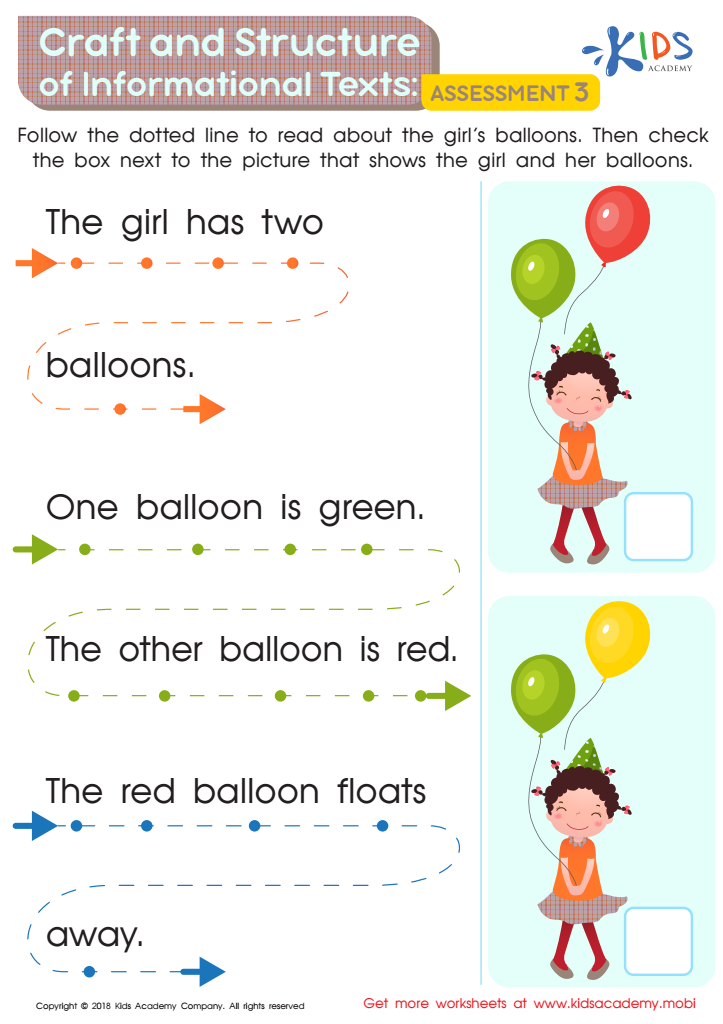

Craft and Structure of Informational Texts: Assessment 3 Worksheet
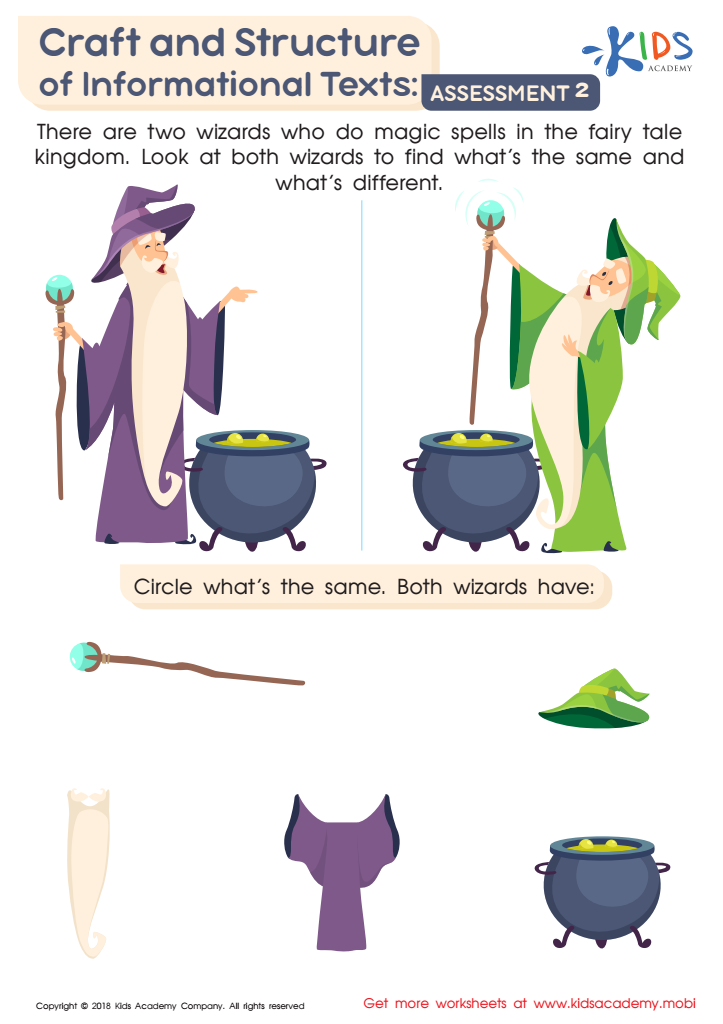

Craft and Structure of Informational Texts: Assessment 2 Worksheet


Craft and Structure of Informational Texts: Assessment 1 Worksheet
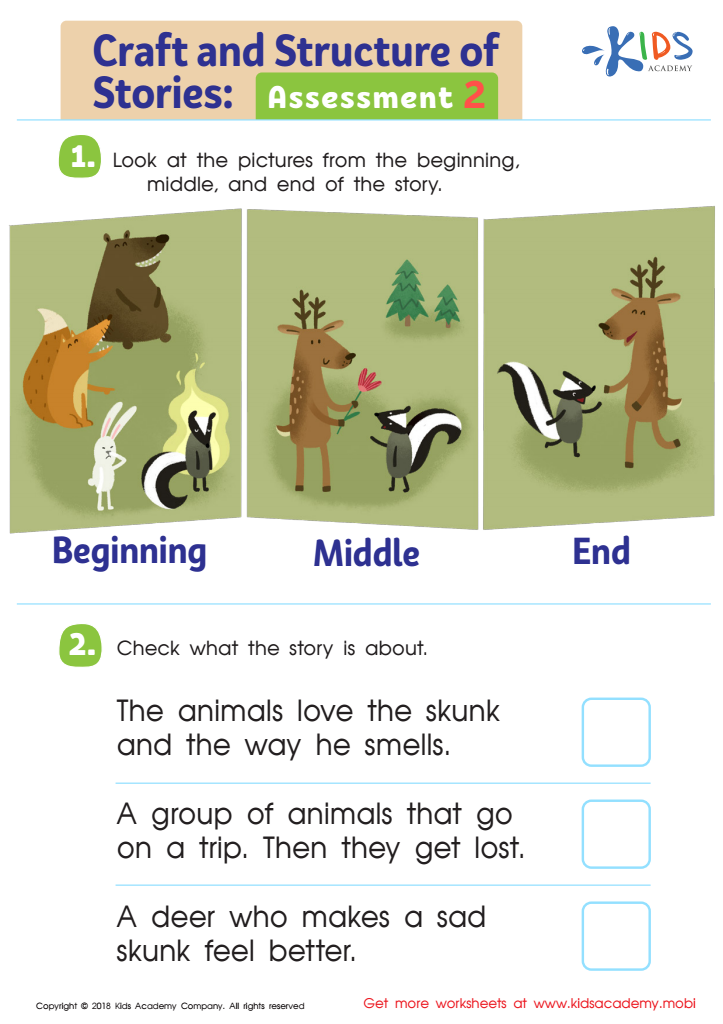

Craft and Structure of Stories: Assessment 2 Worksheet
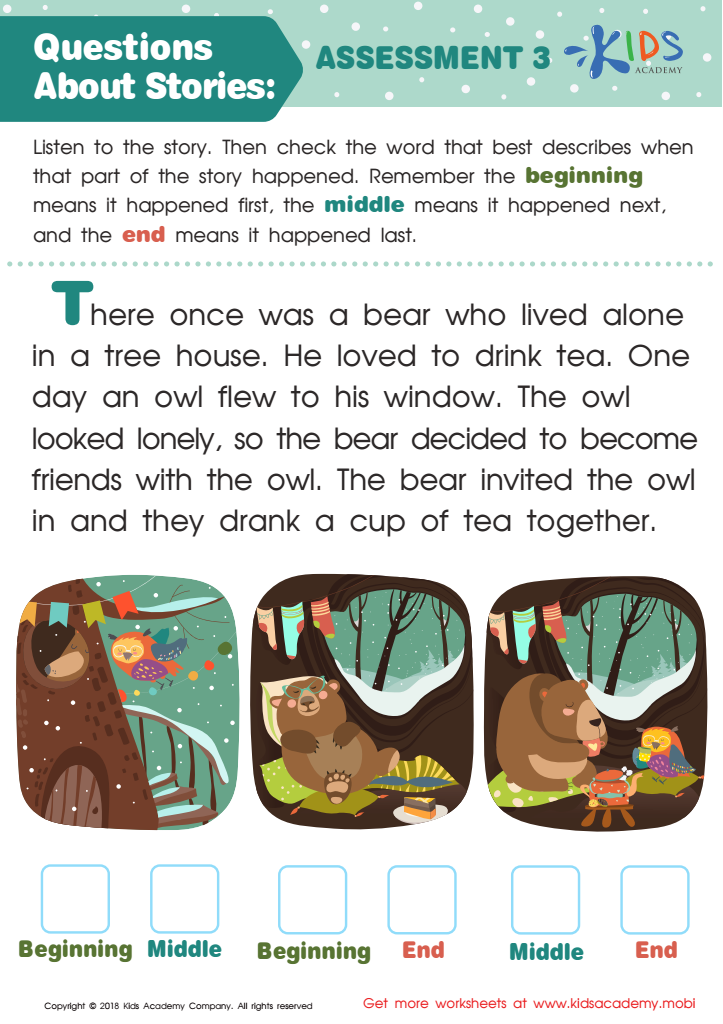

Questions About Stories: Assessment 3 Worksheet
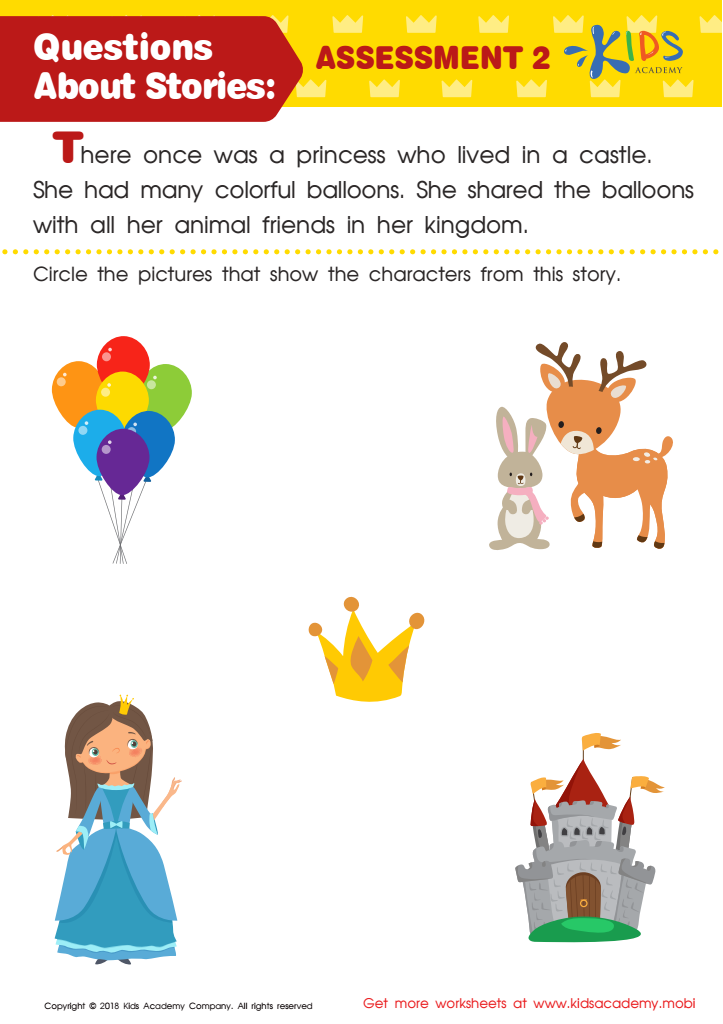

Questions About Stories: Assessment 2 Worksheet
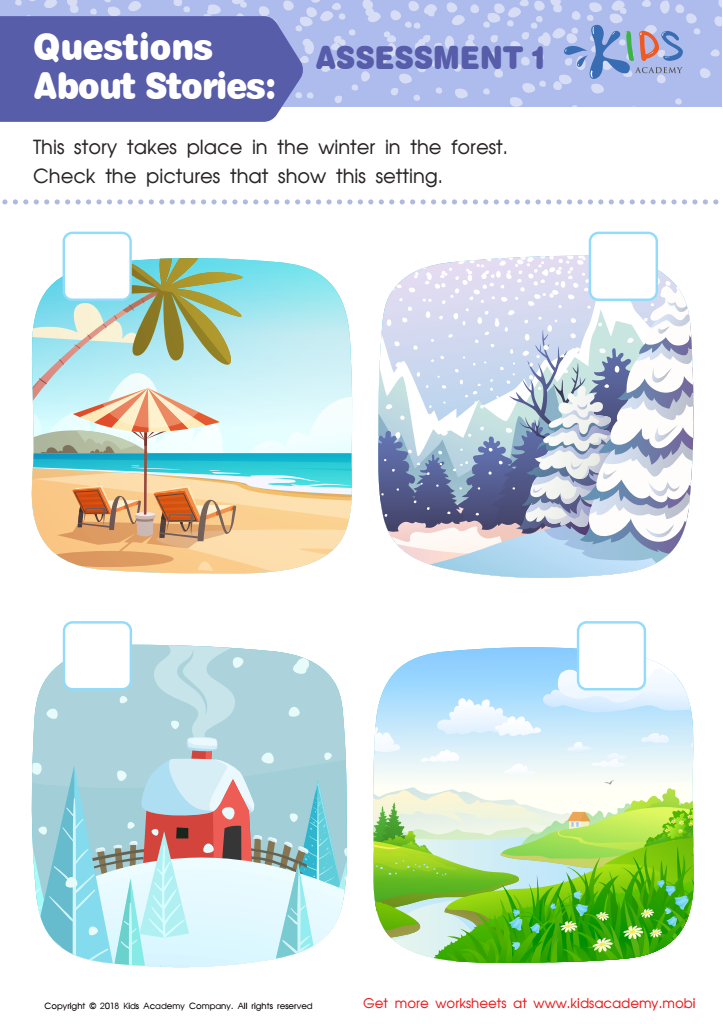

Questions About Stories: Assessment 1 Worksheet


Finding the Details and Connections: Assessment 2 Worksheet
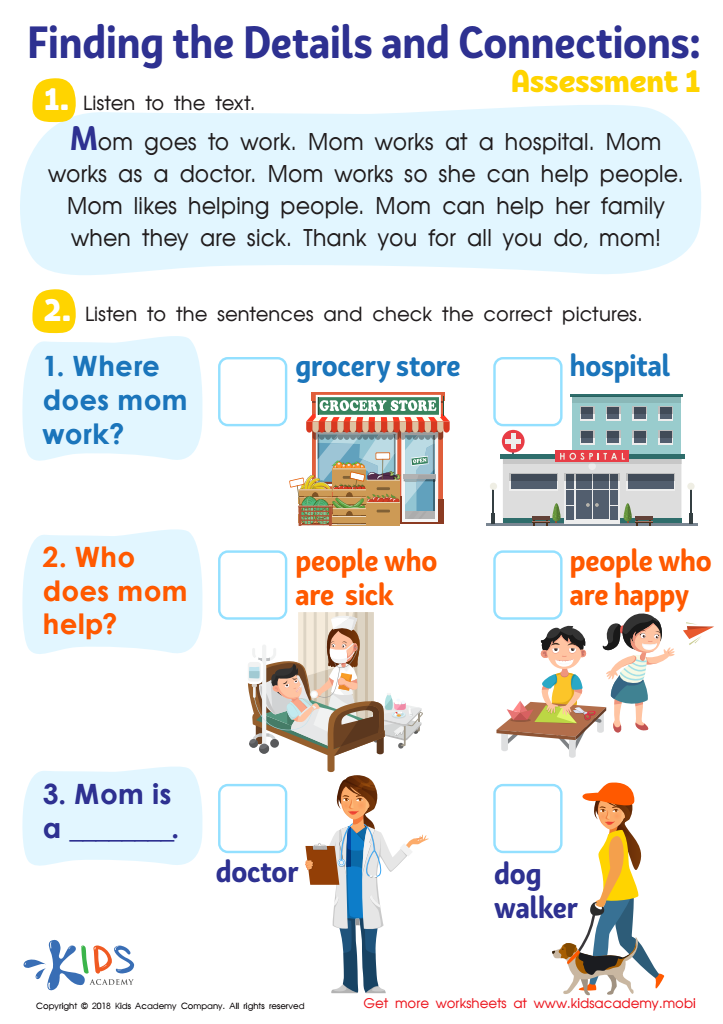

Finding the Details and Connections: Assessment 1 Worksheet
Reading Fiction worksheets activities are an essential tool in enhancing literacy and comprehension skills among learners of all ages. These activities are designed to scaffold the reading experience, making the exploration of fictional texts not only enjoyable but also highly educational. Here's why Reading Fiction worksheets activities are so useful:
Firstly, they encourage close reading and critical thinking. By engaging with a variety of questions and prompts, readers are encouraged to pay attention to details, understand characters’ motivations, and analyze plot developments. This close examination improves readers' ability to infer meaning from text, a skill that is invaluable across all areas of study and in everyday life.
Secondly, Reading Fiction worksheets activities enhance vocabulary and language skills. As readers encounter new words and expressions within the context of a story, they are more likely to remember and understand them. Worksheets can introduce vocabulary exercises or ask readers to use new terms in sentences, further solidifying their grasp of the language.
Furthermore, these activities foster empathy and emotional intelligence. By putting themselves in the shoes of various characters, readers learn to understand and empathize with experiences and emotions that are different from their own. This is a critical aspect of social and emotional learning, which is increasingly recognized as essential to personal and academic success.
Moreover, Reading Fiction worksheets activities are versatile and can be tailored to suit a wide range of learning styles and objectives. Whether the focus is on literary devices, thematic exploration, or creative writing, there's a worksheet activity that can meet the need. This adaptability ensures that every reader, regardless of their proficiency level, can benefit from engaging with fiction in a structured way.
Lastly, they make learning fun. Reading Fiction worksheets activities often include creative and interactive elements such as storytelling, drawing, and role-playing. This not only makes the learning process enjoyable but also enhances retention and encourages a lifelong love of reading.
In summary, Reading Fiction worksheets activities are an invaluable resource in the education toolkit. They promote critical thinking, language acquisition, empathy, adaptability, and enjoyment in learning, making them a crucial part of developing comprehensive literacy skills.
 Assign to My Students
Assign to My Students



.jpg)



